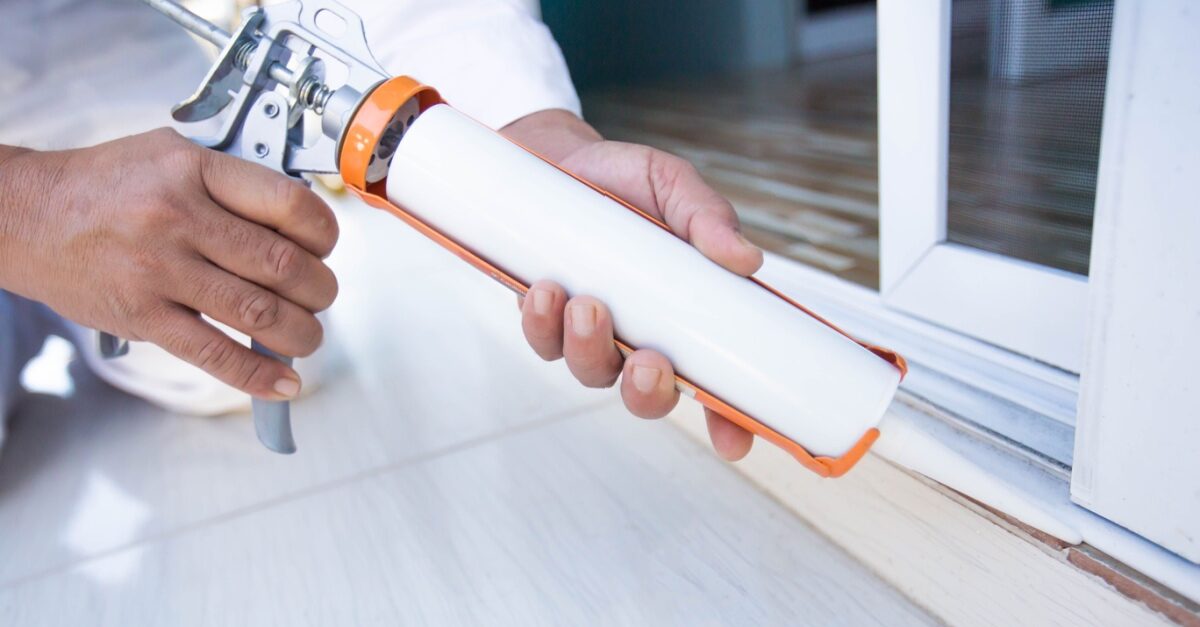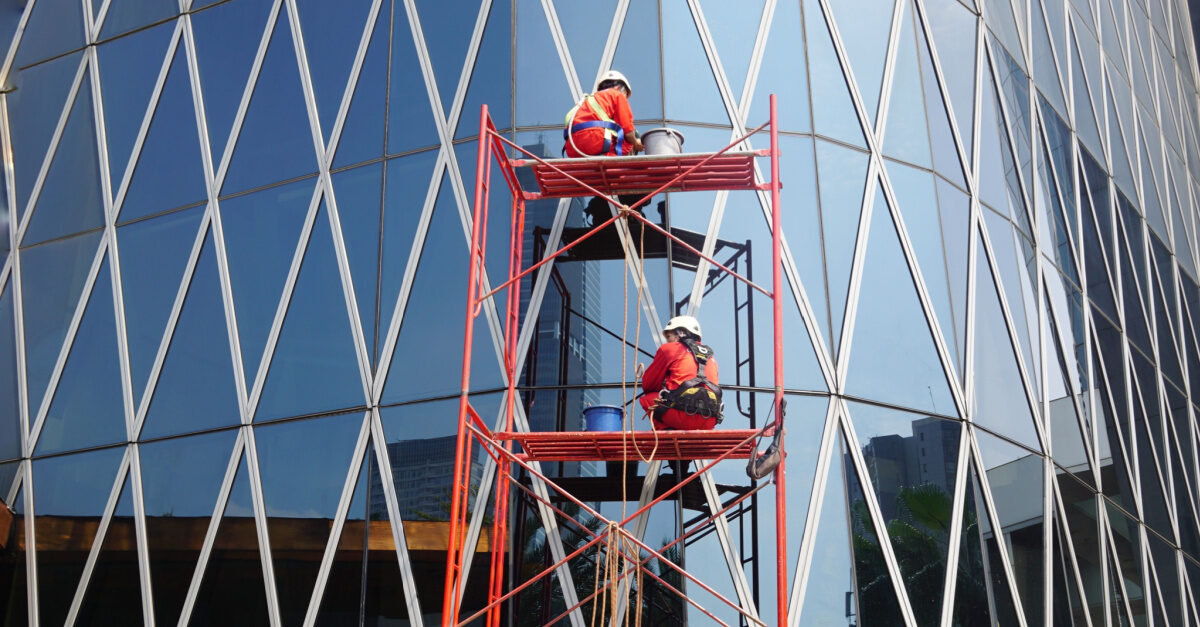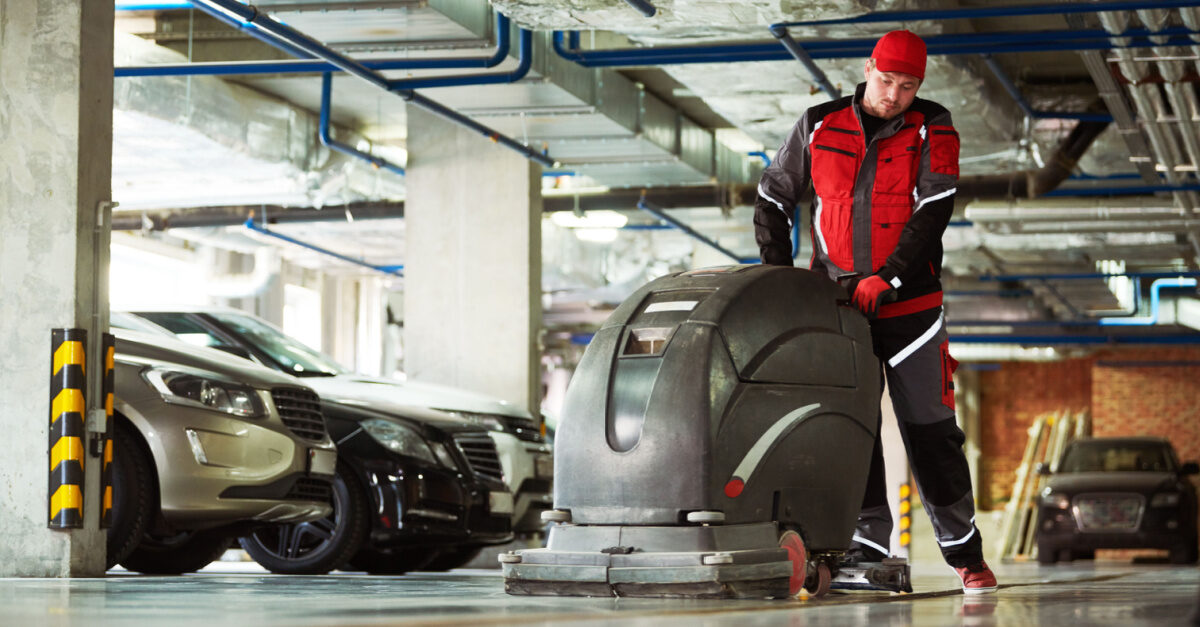Featured Content
Strategic Sealant Replacement: Knowing the Right Time to Replace Building Sealants
What is the key to building longevity? For the Romans, with structures still standing 2,000 years later, it was self-healing concrete. In the U.S., where…
Read full article >Contact Us
For More Information or a Quote
"*" indicates required fields




